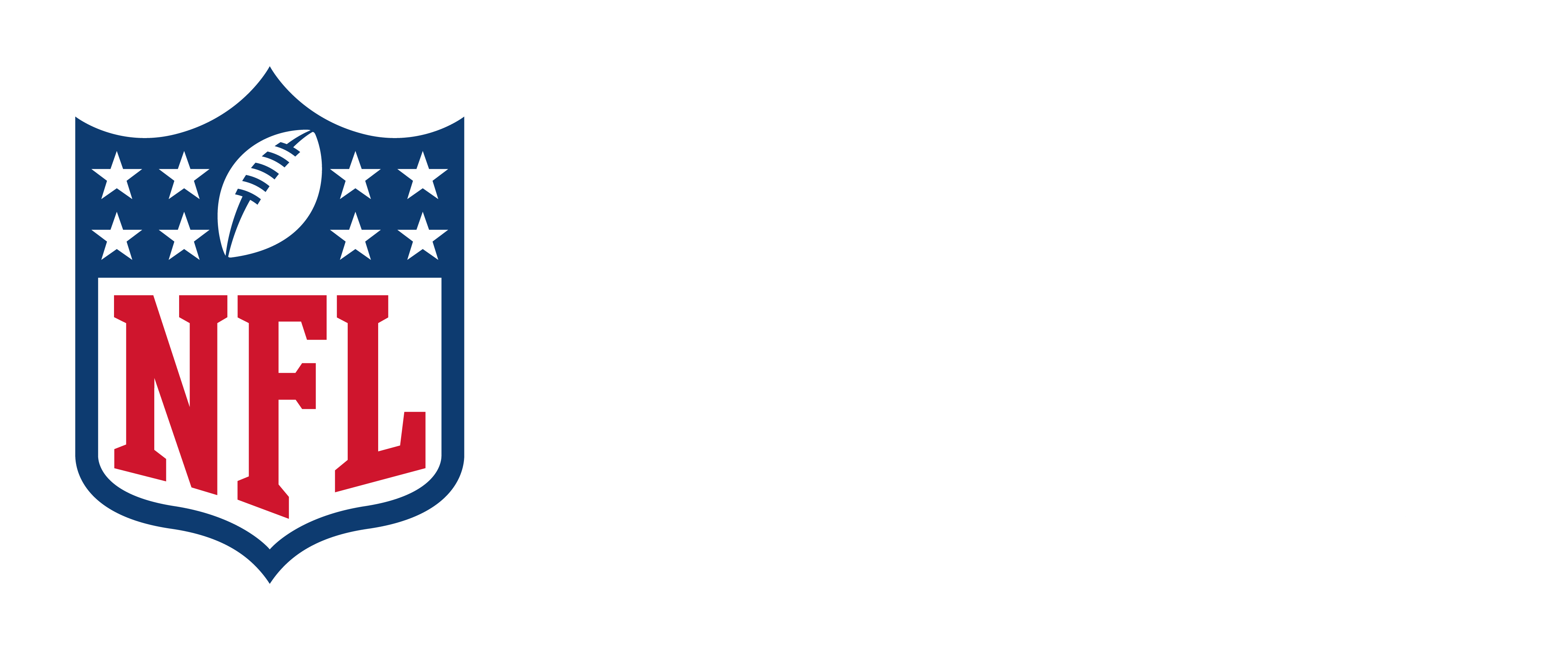The NFL has launched an Injury Reduction Plan with the aim to reduce the incidence of concussions in the upcoming 2018 season. Following a 16 percent increase in concussions during the 2017 season, NFL Chief Medical Officer Dr. Allen Sills issued a call-to-action to reduce concussions.
"We see our job in player health and safety to have the very best care for our patients as possible—in terms of prevention, in terms of treating and diagnosing injuries, and doing rehabilitation for those injuries—so we can keep our players as safe as possible," said Dr. Sills.
NFL leaders, clubs and the wide variety of experts in medicine, engineering and science who form the NFL medical committees developed a three-pronged approach to drive behavioral changes. The NFL also created an educational video (see above) for players, coaches and club personnel about the concussion reduction strategy.
"We designed what we think are going to be steps that can immediately impact the number of concussions on our fields," he said.
1. Preseason Practices
"The first part of our concussion reduction [strategy]," said Dr. Sills, "is around preseason practices—so we want to work with our clubs to look at how they're practicing, what types of drills are being done to see if we can drive that number [of concussions] down."
The NFL is sharing information across the league to educate, stimulate change and enhance player safety—including information about the causes of concussion, the helmets players wear, and injury data analysis, such as preseason practice concussion data.
2. Better Performing Helmets
The second part of the Injury Reduction Plan is a goal to get players out of lower-performing helmets and into better-performing helmets in an effort to decrease the risk of injury.
Each year, helmets undergo laboratory testing by biomechanical engineers appointed by the NFL and the NFL Players Association to evaluate which helmets best reduce head impact severity. The results of the laboratory tests are displayed on a poster and shared with NFL players, club equipment managers, as well as club medical, training and coaching staffs to help inform equipment choices. In 2018, based on the results of this study and the opinions of the biomechanical experts involved, the NFL and NFLPA will prohibit 10 helmet models from being worn by NFL players.
"We think getting players in better-performing helmets is an important step," Dr. Sills said.
It is important to note that no helmet can completely protect against serious brain and/or neck injuries a player might sustain while playing football, and that the results of this testing should not be extrapolated to collegiate, high school, or youth football.
3. Rules Changes
The third component of the Injury Reduction Plan is the enforcement of rules changes aimed at eliminating potentially risky behavior that could lead to injuries. Through these important changes, the NFL is leveraging data in an effort to improve player safety and evolve the game.
"This information is driving important on-field changes, such as the new lowering the head rule, and also discussions with coaches and team personnel about how we teach and coach these various techniques of play," said Dr. Sills. Throughout the offseason, the league is working with players, coaches, officials, medical personnel, media, and fans to communicate and educate about the new rules.
"Our engineers showed that the behavior of lowering the head and initiating contact with the helmet, puts both the player doing the hitting as well as the player who is being hit substantially at an increased risk of concussion," Dr. Sills said. "It's our hope that by eliminating that dangerous style of play, we'll reduce injuries for both of those players."
“Our players work incredibly hard to prepare themselves to perform at the highest levels on game day. Our mission is to work equally as hard on health and safety to make the game as safe as we possibly can—because health and safety remains our number one priority.” Dr. Allen Sills - Chief Medical Officer, NFL












